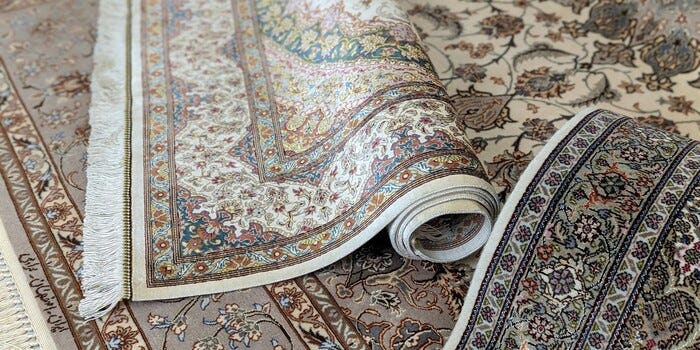The Timeless Appeal of Oriental Rugs: Tradition, Art, and Elegance
Oriental rugs have long been revered as more than just floor coverings — they are masterpieces of textile art, woven with stories, culture, and craftsmanship that span centuries. Originating from regions including Persia (Iran), Turkey, India, China, and Central Asia, these rugs are celebrated for their intricate patterns, rich colors, and exceptional durability. Today, Oriental rugs remain highly sought-after for their beauty and ability to transform any interior space with warmth and elegance.
A Rich History of Craftsmanship
The art of weaving Oriental rugs dates back over 2,500 years. Traditionally handcrafted by skilled artisans, each rug could take months or even years to complete, depending on its size and complexity. These rugs were not merely decorative pieces but often served as symbols of wealth, status, and cultural identity. Passed down through generations, they carried stories of families and regions, often featuring symbolic motifs that represent protection, nature, or spirituality.

The materials used in Oriental rugs are typically of the highest quality — natural wool, silk, or cotton. Dyes are derived from plants, insects, and minerals, offering a rich and lasting color palette. The hand-knotting technique, particularly in Persian and Turkish rugs, ensures a high knot density that contributes to both durability and design precision.
Design and Symbolism
One of the most fascinating aspects of Oriental rugs is the depth of meaning woven into their designs. Geometric patterns, floral motifs, medallions, and animal figures all carry significance. For example, a lotus flower might represent purity and rebirth, while a tree of life motif symbolizes immortality or a connection between heaven and earth.
Each region and even individual tribe has its own unique style. Persian rugs are known for their elaborate floral patterns and symmetry, while Turkish rugs may feature bold geometric designs and vivid colors. Indian Oriental rugs often blend Persian influences with their own heritage of intricate detailing and craftsmanship.
Oriental Rugs in Modern Interiors
Despite their traditional roots, Oriental rugs fit beautifully into contemporary interiors. Whether you’re decorating a classic living room, a minimalist bedroom, or an eclectic office space, the right Oriental rug adds depth, color, and a sense of luxury. Their timeless appeal means they can blend with various décor styles, from rustic to modern.
These rugs also offer practical benefits. Wool rugs, in particular, are naturally stain-resistant, flame-retardant, and excellent at insulating a room. A well-maintained Oriental rug can last for decades, making it a worthwhile investment for homeowners and collectors alike.
Caring for Your Oriental Rug
To preserve the beauty and longevity of an Oriental rug, regular care is essential. Vacuum gently without using a beater bar, rotate the rug periodically to ensure even wear, and keep it away from direct sunlight to prevent fading. For deep cleaning, it’s best to consult professionals experienced in handling fine rugs.
Conclusion
Oriental Rugs Dubai are more than décor — they are a legacy of tradition, artistry, and human connection. Whether inherited, gifted, or newly acquired, these rugs tell a story that resonates through time. Their presence in a home is not just about style; it’s about honoring a timeless craft that continues to inspire and captivate the world.

Comments
Post a Comment